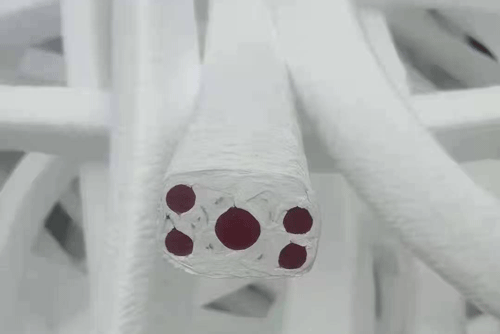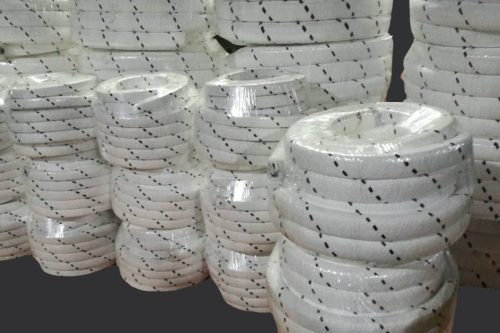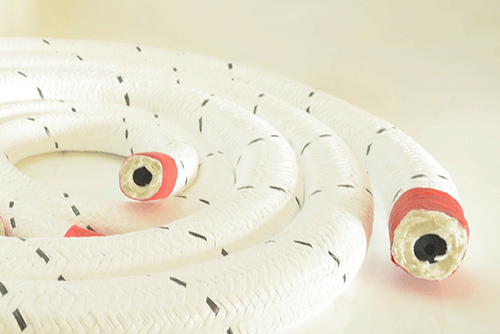
Tank Lid Packing is braided by synthetic yarn with rubber core, cover PTFE filament.
Material: Silicone, PTFE, synthetic fiber
Performance: Commonly used packing for tank, with good chemical resistance and softness. After a few service, it remains flexible. Available in square and rectangular cross-sections.
Application range: PAC129 using for all types of container covers, tank covers, etc., used in ships, barges, land and rail transport containers, storage containers, etc.
Application medium: PAC129 is developed for the transportation of dangerous liquid goods, and can be used for most of the chemicals that may be carried, namely chemicals, solvents, acids, alkalis, oils, foods, etc.
Advantages: PAC129 is usually used for all types of tank covers and container covers. It has good flexibility and is easy to fit small irregularities in the cover groove.
- Working pressure: rotating 5, reciprocating 15, static 30 (MPa)
- Operating temperature: -40-+120 (℃)
- Linear speed (m/s): 10
- pH value: 0-14
Not applicable: Molten alkali metals, fluorine compounds under high temperature and pressure, oxygen


